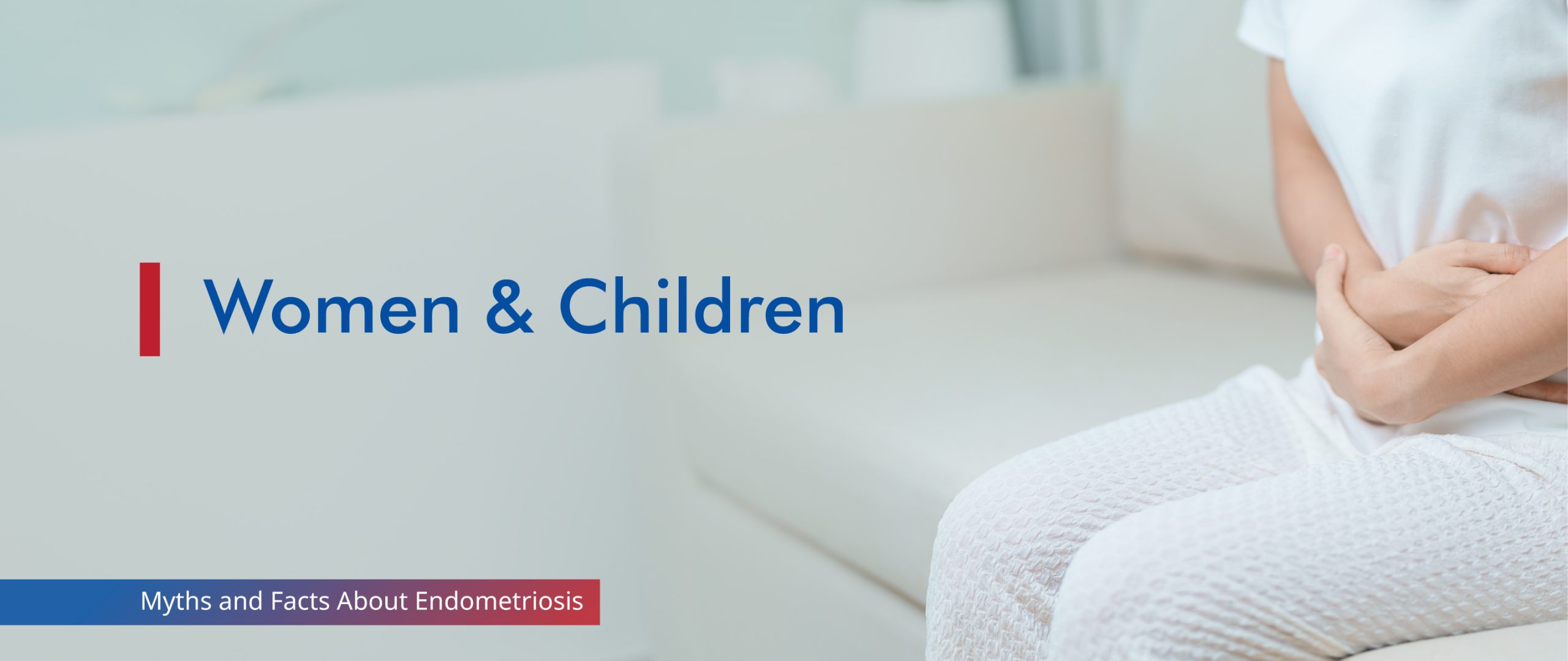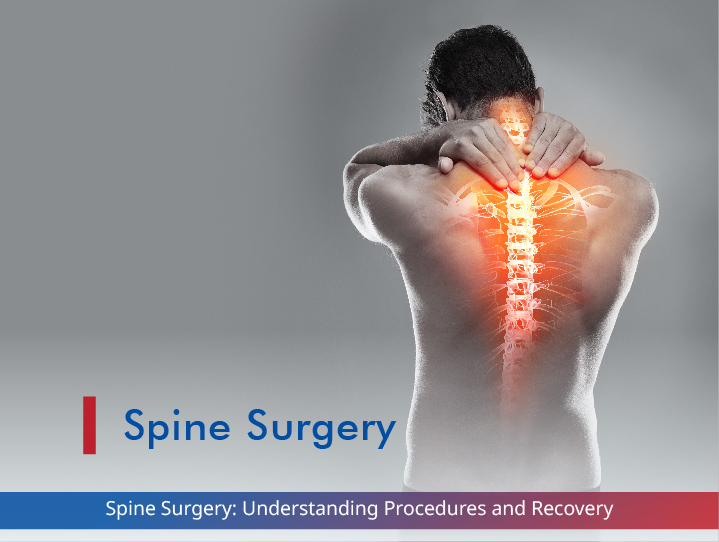Endometriosis is a complex condition. It affects millions of women worldwide. Despite its prevalence, many misconceptions surround this chronic illness, leading to delayed diagnoses and inadequate treatment. In this blog, we’ll explore the realities of endometriosis, dispelling common myths and shedding light on the facts every woman should know.
What is Endometriosis?
Before discussing the facts and myths of endometriosis, let’s establish a clear understanding of endometriosis. This ailment occurs when tissue resembling the lining of the uterus (endometrium) begins to grow outside the uterus. These growths can appear on the ovaries, fallopian tubes, and other pelvic organs, causing pain, inflammation, and sometimes infertility.
The impact of endometriosis extends far beyond physical discomfort. It can disrupt daily life, affect relationships, and take a significant toll on mental health. With symptoms like severe menstrual cramps, chronic pelvic pain and fatigue, endometriosis can be challenging and requires proper understanding and management.
Myths and Facts About Endometriosis
Myth 1: Endometriosis is just a bad period.
Fact: While painful periods can be a symptom of endometriosis, the condition is far more complex. Endometriosis can cause chronic pain, fatigue, and other symptoms that persist throughout the menstrual cycle. Dismissing it as merely “bad cramps” undermines the serious nature of this condition and can lead to delayed treatment.
Myth 2: Endometriosis only affects older women.
Fact: This misconception couldn’t be further from the truth. Endometriosis can affect women of all ages, even teenagers. Many women report experiencing symptoms from their very first period. Early diagnosis and treatment is crucial, so it’s essential to be aware that age is not a determining factor.
Myth 3: Pregnancy cures endometriosis.
Fact: While some women may experience temporary relief during pregnancy due to hormonal changes, it’s not a cure. Symptoms often return after childbirth or breastfeeding. Working with a doctor to manage endometriosis before, during, and after pregnancy is crucial.
Myth 4: Endometriosis always causes infertility.
Fact: While endometriosis can impact fertility, many women with the condition can and do become pregnant. Approximately 30-50% of women who have endometriosis may experience issues, but with proper treatment and management, conception is possible. If you have endometriosis and are trying to conceive, consult with a fertility specialist to explore your options.
Myth 5: A hysterectomy is the only cure for endometriosis.
Fact: This is a dangerous misconception. While a hysterectomy may be recommended in severe cases, it’s not a guaranteed cure. Endometriosis tissue can grow outside the uterus, so removing the uterus doesn’t necessarily eliminate all problematic tissue. Less invasive treatments, such as laparoscopic excision surgery or hormone therapy, are often effective in managing symptoms.
Myth 6: Endometriosis pain is all in your head.
Fact: The endometriosis pain is real and can be a debilitating situation. It’s not a psychological condition but a physical one with measurable effects on the body. Dismissing the pain as imaginary or exaggerated can lead to delayed diagnosis and treatment, causing unnecessary suffering.
Myth 7: Endometriosis only affects the reproductive organs.
Fact: While endometriosis primarily affects the pelvic region, it can spread to other body parts. In rare cases, endometrial-like tissue has been found in the lungs, brain, and other organs. This underscores the importance of comprehensive care and awareness of diverse symptoms.
Myth 8: Endometriosis is easy to diagnose.
Fact: Unfortunately, diagnosing endometriosis can be challenging. Symptoms often mimic other conditions, and a definitive diagnosis typically requires laparoscopic surgery. On average, it takes 7-10 years from the initiation of symptoms to get a proper diagnosis. This delay highlights the need for increased awareness and improved diagnostic tools.
Myth 9: There’s nothing you can do about endometriosis.
Fact: There are many treatment modalities that can help manage its symptoms, severity, and enhance quality of life. These include pain management techniques, hormone therapy, surgical interventions, and adopting a healthy lifestyle. With your doctor’s help, you can develop an effective management plan.
Conclusion
Understanding the facts about endometriosis is crucial for early diagnosis, curating an effective treatment plan, and improving the quality of life for those affected. By dispelling these myths, we can foster a more supportive environment for women with endometriosis and encourage open, informed discussions about this complex condition.
If you suspect you might have endometriosis, don’t hesitate to seek medical advice, says Dr. Prathima Reddy. Remember, your pain is valid and deserves proper care and support. With increased awareness and ongoing research, we can hope for better diagnostic tools, better treatment options, and, ultimately, a brighter future for those living with endometriosis.







